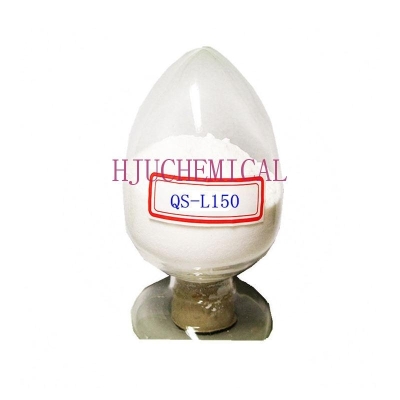-
Categories
-
Pharmaceutical Intermediates
-
Active Pharmaceutical Ingredients
-
Food Additives
- Industrial Coatings
- Agrochemicals
- Dyes and Pigments
- Surfactant
- Flavors and Fragrances
- Chemical Reagents
- Catalyst and Auxiliary
- Natural Products
- Inorganic Chemistry
-
Organic Chemistry
-
Biochemical Engineering
- Analytical Chemistry
-
Cosmetic Ingredient
- Water Treatment Chemical
-
Pharmaceutical Intermediates
Promotion
ECHEMI Mall
Wholesale
Weekly Price
Exhibition
News
-
Trade Service
Raw material manufacturer Covestro and Eco-mobilier (a non-profit ecological organization approved by the French Ministry of Ecology, Sustainability and Energy that organizes the collection and recycling of used furniture and mattresses) have joined forces to further develop these applications.
Waste market for used foam
.
The two parties have now signed a partnership agreement aimed at laying the foundation for a long-term partnership to create value from end-of-life upholstered furniture and mattresses
.
Over the years, a large amount of old furniture has appeared all over the world and had to be disposed of in some way
.
Landfilling and incineration are currently the most common ways to dispose of these products
.
Covestro and Eco mobilier have now joined forces to create a low-impact end-of-life solution for these products
.
The two companies are combining their respective expertise to develop a business model to chemically recycle polyurethane foam from post-consumer mattresses and upholstery
.
As a recognised EPR organisation, Eco-mobilier has extensive experience in the collection, logistics and disposal of old furniture and mattresses and upholstery
.
It will collect nearly 1.
2 million tonnes of used furniture, 95% of which will be recycled, with the aim of achieving zero waste in the furniture sector by 2023
.
Its main activity is the removal of old furniture and pre-sorted materials to obtain pure foam parts as raw material for recycling
.
Covestro has developed a new technology to chemically recycle foam to recover its two components: polyols and toluene diamine (TDA), the latter precursor of toluene diisocyanate (TDI)
.
The technology builds on the company's participation in the PUReSmart project, a European-wide research project coordinated by Recticel to substantially increase the recycling rate of polyurethane foam and establish a fully circular product life cycle
.
The recycling process starts with collecting the old mattress, dismantling it and separating out the foam components
.
An important part of the collaboration will be the further development of a decentralized disassembly process for mattresses to avoid transporting foam components to chemical recycling plants
.
Some of these foams contain additives and fillers that make reprocessing more difficult
.
Therefore, Covestro has developed an intelligent sorting solution for separating different polyurethane foams in post-consumer mattresses
.
The scheme will use algorithms to correctly identify different foam types, thereby facilitating an efficient recycling process
.
The actual recovery starts with a chemical decomposition step to dissolve the foam flakes, followed by purification and hydrolysis steps, and finally this TDA is further converted into isocyanates
.
Thereafter, the partners also plan to evaluate the possibility of recycling polyurethane foam furniture and develop similar procedures
.
"The partnership between Eco-mobilier and Covestro will allow to increase and diversify existing solutions for the chemical recycling of polyurethane foam and expand this material considered non-recyclable," said Dominique Mignon, president of the French environmental group.
prospects
.
”
Christine Mendoza Frohn, Executive Vice President and Head of Sales for Performance Materials EMLA at Covestro, added: "We are delighted to combine Eco-mobilier's unique expertise in furniture recycling with our chemical recycling technology in this strong collaboration.
Combined
.
The strategic intent of our collaboration is to design and validate a joint pilot model to encourage and enable accelerated adoption of the recovery and reuse of polyurethane foam from waste furniture in Europe and beyond
.
”







